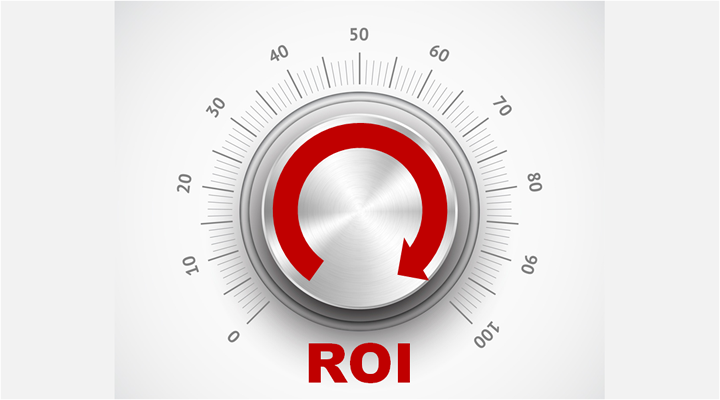
WHAT’S ‘ROI’ ALL ABOUT?
ROI stands for return of investment. This is a term used by investors to evaluate the efficiency of project, or to compare the efficiency of a number of different projects. ROI is a very popular metric because of its versatility and simplicity as a metric- and it’s actually a very simple equation although it is usually modified slightly to fit the requirements of a business, but at its core, the calculation is:
ROI is important for a number of reasons, not least because it allows investors to literally break down the numbers and evaluate what return is being yielded from an investment. Basically, the higher the ROI, the better. ROIs help investors to decide which projects should take priority, and which need a bit more development and perhaps a change in direction.
ROI is often compared to the expected rate of return of an investment, which is the profit on an investment over a period of time, which is normally a year, is expressed as a proportion of the original investment.
The ROI has increased in popularity in recent years, and now is one of the most popular methods to establishing how successful an investment is being. Evaluating the success of an investment is an essential part of managing a product successfully, and ROI provides a simple and manageable breakdown of just this.
Additionally, the ROI provides a valuable opportunity for a project manager to review the status of the project, and see where changes and developments could be made in order to improve the project as a whole.
